What is Composite Photography?
Composite photography, also known as digital compositing, is the art of merging different images to form a new, unified composition. It involves skillfully blending various elements like backgrounds, subjects, objects, and digital effects to create a visually stunning and meaningful narrative.
With composite photography, the possibilities are virtually endless. Photographers have the freedom to create magical landscapes, surreal scenes, or even recreate historical moments. They can bring impossible scenarios to life and transport viewers to entirely new worlds.
The Process of Creating Composite Photographs
The process of creating composite photographs requires creativity, attention to detail, and advanced technical skills. Here’s a breakdown of how it can be done:
- Concept and Planning: The photographer starts by brainstorming ideas and developing a concept for the composite image. Determining the story, mood, and visual elements is crucial in this phase.
- Photoshoot: Multiple images are captured, with each element carefully photographed to ensure they seamlessly fit together later during the editing process.
- Image Selection: The photographer then selects the best images to be used in the composite. This involves choosing images with matching lighting, perspective, and overall aesthetic.
- Image Editing: The selected images are brought into specialized software like Photoshop, where the magic happens. Through advanced editing techniques, the different elements are blended together, creating a cohesive and believable image.
- Finishing Touches: The final step involves applying adjustments, fine-tuning details, and enhancing the overall visual appeal. This includes color correction, retouching, and adding additional digital effects if desired.
Composite photography offers photographers an incredible level of creative freedom, allowing them to craft images that tell intricate stories and spark emotions in viewers.
The Advantages of Composite Photography
Here are some key advantages of composite photography:
- Infinite Imagination: Composite photography enables photographers to bring to life any scenario they can imagine, no matter how fantastical or surreal.
- Flexibility and Control: With composites, photographers have full control over every aspect of the image, from lighting to composition. This gives them the ability to create a visual story exactly as they envision it.
- Time and Cost Efficiency: Instead of relying on complex set designs, elaborate costumes, or location scouting, composites allow photographers to bypass these limitations, saving time and cost.
- Unlimited Possibilities: Composite photography opens up a world of possibilities and unlocks endless creative potential. It allows for the combination of elements that may never exist together in reality, leading to unique and captivating visuals.
Key Takeaways
Composite photography is an exciting and powerful technique that enables photographers to tell extraordinary stories through visuals. Here are some key takeaways:
- Composite photography involves merging multiple images to create a new, cohesive narrative.
- The process includes planning, photoshoot, image selection, editing, and applying finishing touches.
- Advantages of composite photography include infinite imagination, flexibility, time and cost efficiency, and unlimited creative possibilities.
Whether you’re a professional photographer looking to push the boundaries of your creativity or an enthusiast eager to experiment with storytelling, composite photography is a technique worth exploring. With its ability to transport viewers to new realms and evoke emotions, it has cemented its place as a captivating and impactful form of visual storytelling.
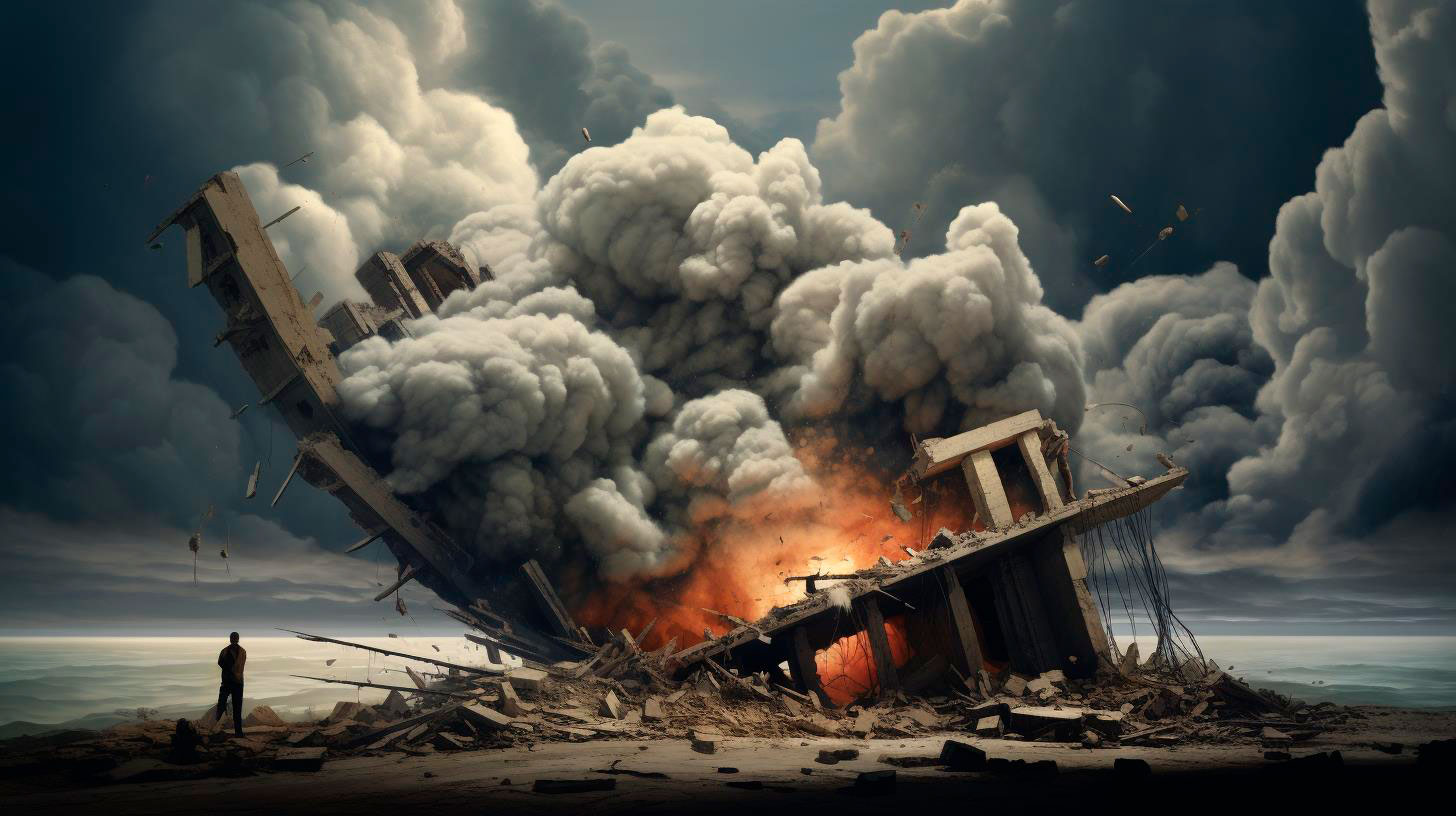
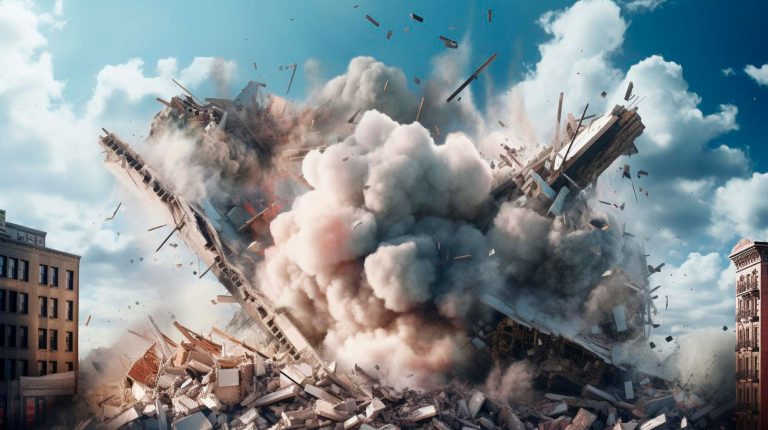
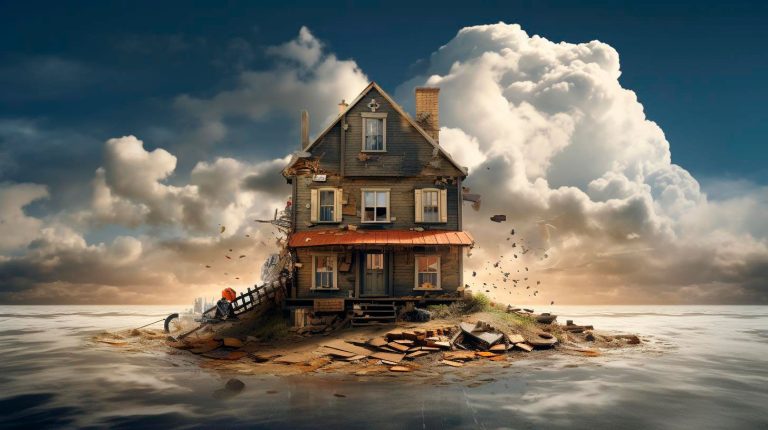
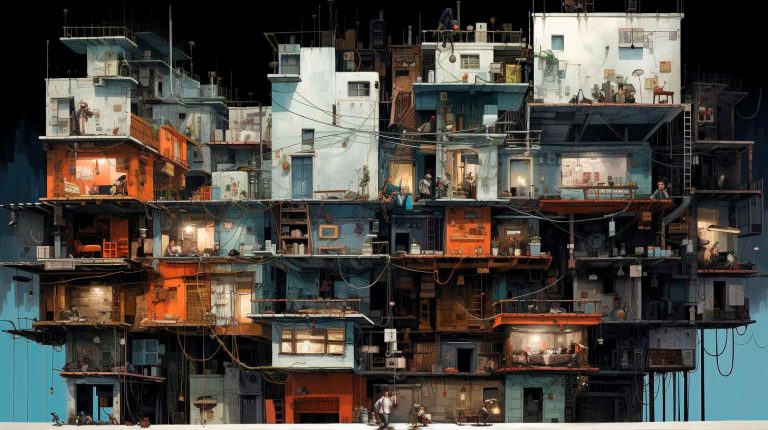
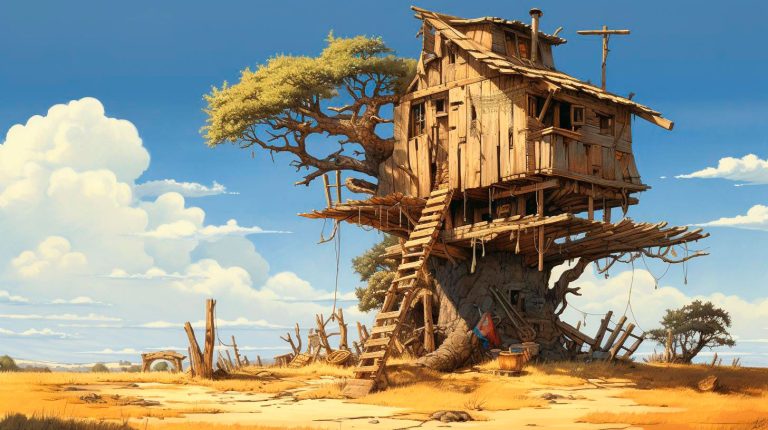
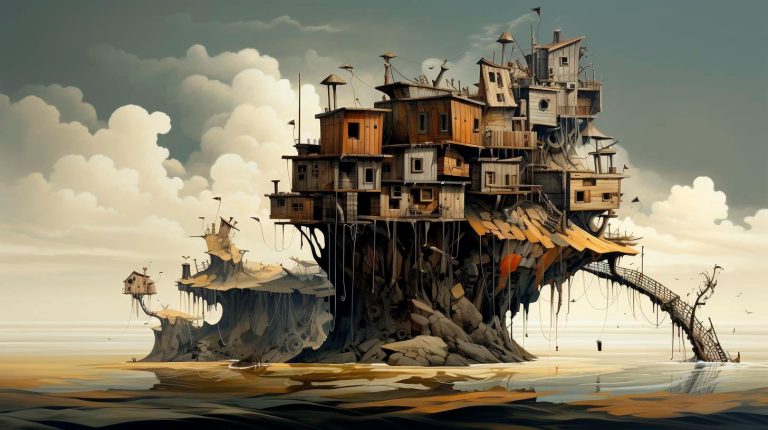


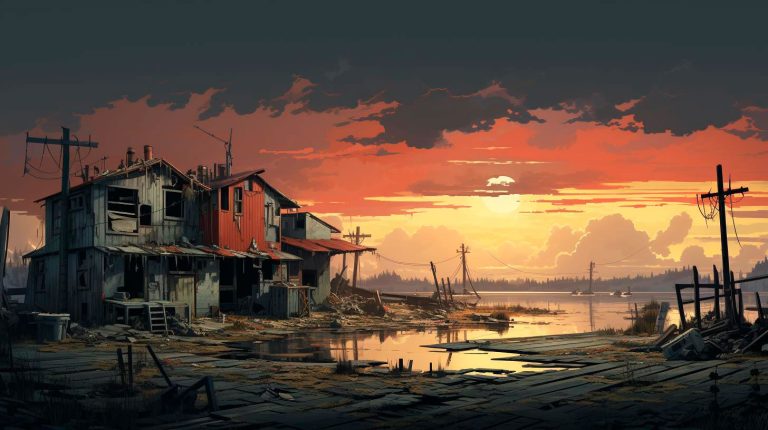

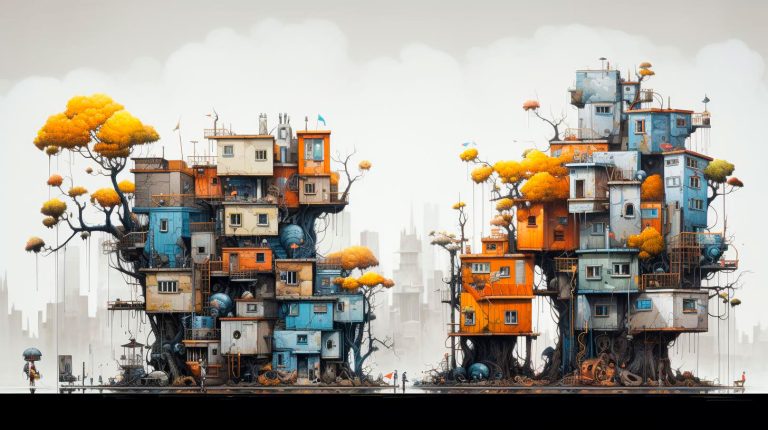
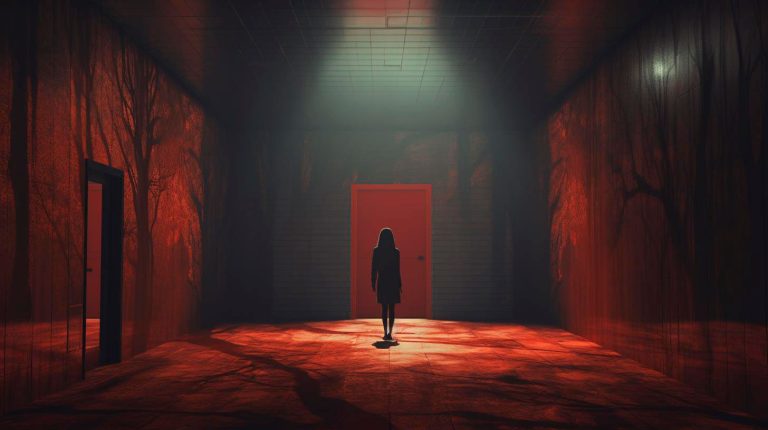

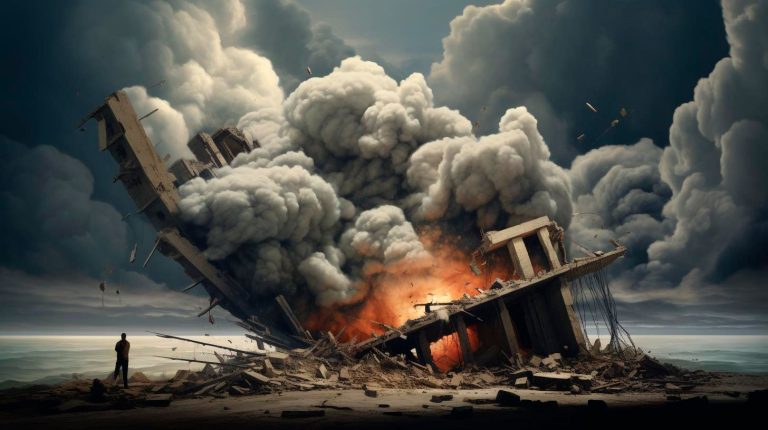








+ There are no comments
Add yours